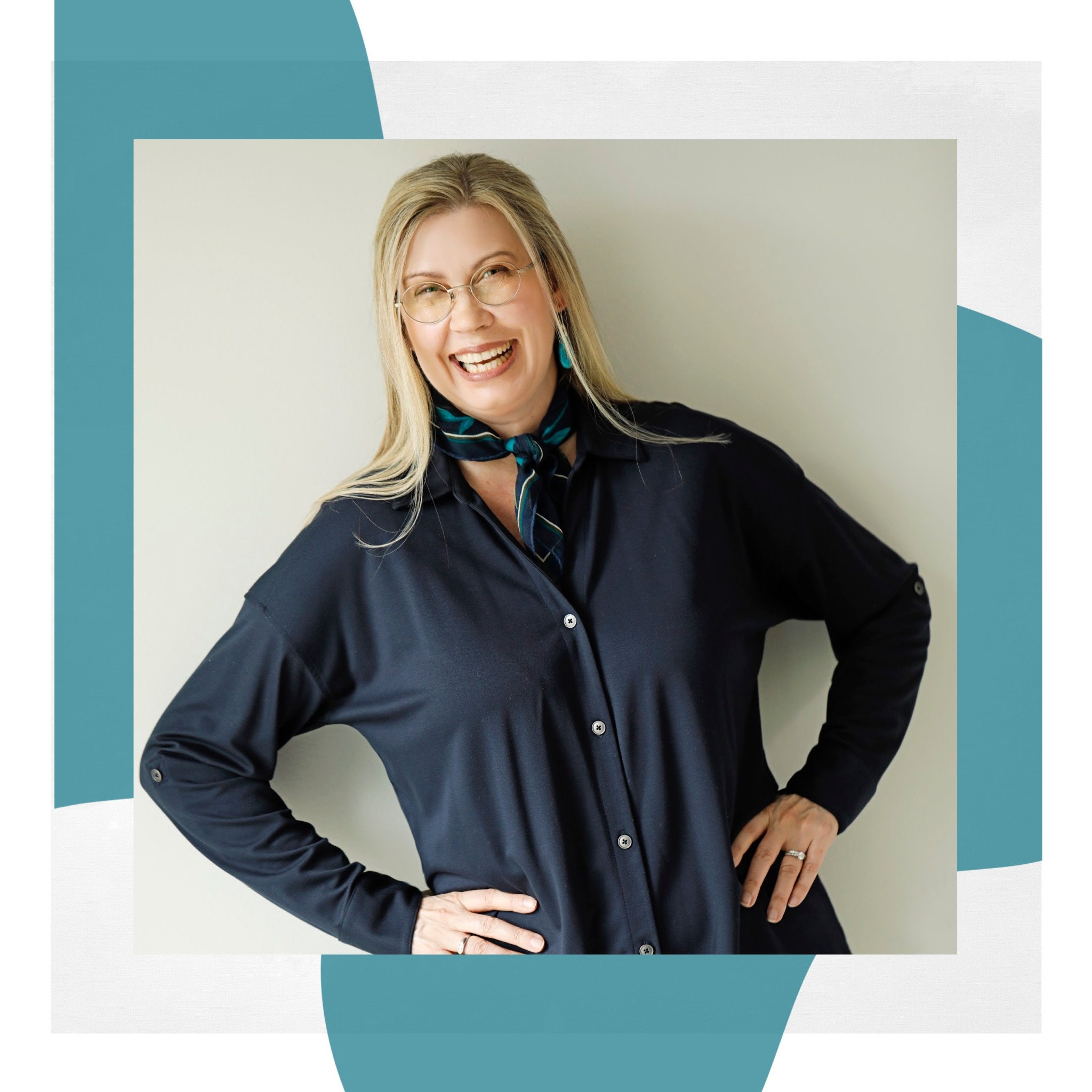We’re excited to introduce you to the always interesting and insightful Dawna Daigneault. We hope you’ll enjoy our conversation with Dawna below.
Dawna, thanks for joining us, excited to have you contributing your stories and insights. We’d love to hear the backstory behind a risk you’ve taken – whether big or small, walk us through what it was like and how it ultimately turned out.
I returned to school in my thirties to earn my first postgraduate degree in counseling psychology. What took most students three years took me six years because my children were very young and my partner worked odd hours.. I loved learning and enjoyed discovering the world of psychological theory. I realized that many great thinkers had developed models of how things help and hurt us as humans. I graduated from school and began my career in private practice. It took me several years to build a full-time counseling practice, and I was still learning how to apply the beautiful theories from school to the broken hearts that sat with me in my office. I loved listening to people; I respected the honesty of their pain and the purpose behind their seeking therapy. As I kept listening to individuals for several more years, I recognized a type of pain that was more deeply personal and fear-based that didn’t fit within the models I was trained to use. I gained better context when psychologists began to offer training in trauma, especially childhood trauma, which became a way to understand deeply rooted personal pain. However, there was still a type of psychache (unbearable personal psychological pain) I came in contact with in sessions with clients who questioned their self-worth.
Some of these clients not only questioned it, but they had stopped believing it existed. In sitting with these clients and exploring this frightening belief with them, I began developing a way of honoring their worth as we explored the fears that it didn’t exist. After years of developing a practical model that addresses a specific but universal issue, I sent the model to a former professor. I wasn’t a trained academic; I had used Google Scholar and bought most of the old psychology models from Half-Price Books. I had also spent over a decade listening and learning from individual clients about their experiences with feeling worthy or unworthy, and that those two limited options were part of the problem. My former professor contacted me and said, We need to get this published. That was the birth of Worth-Conscious Theory.
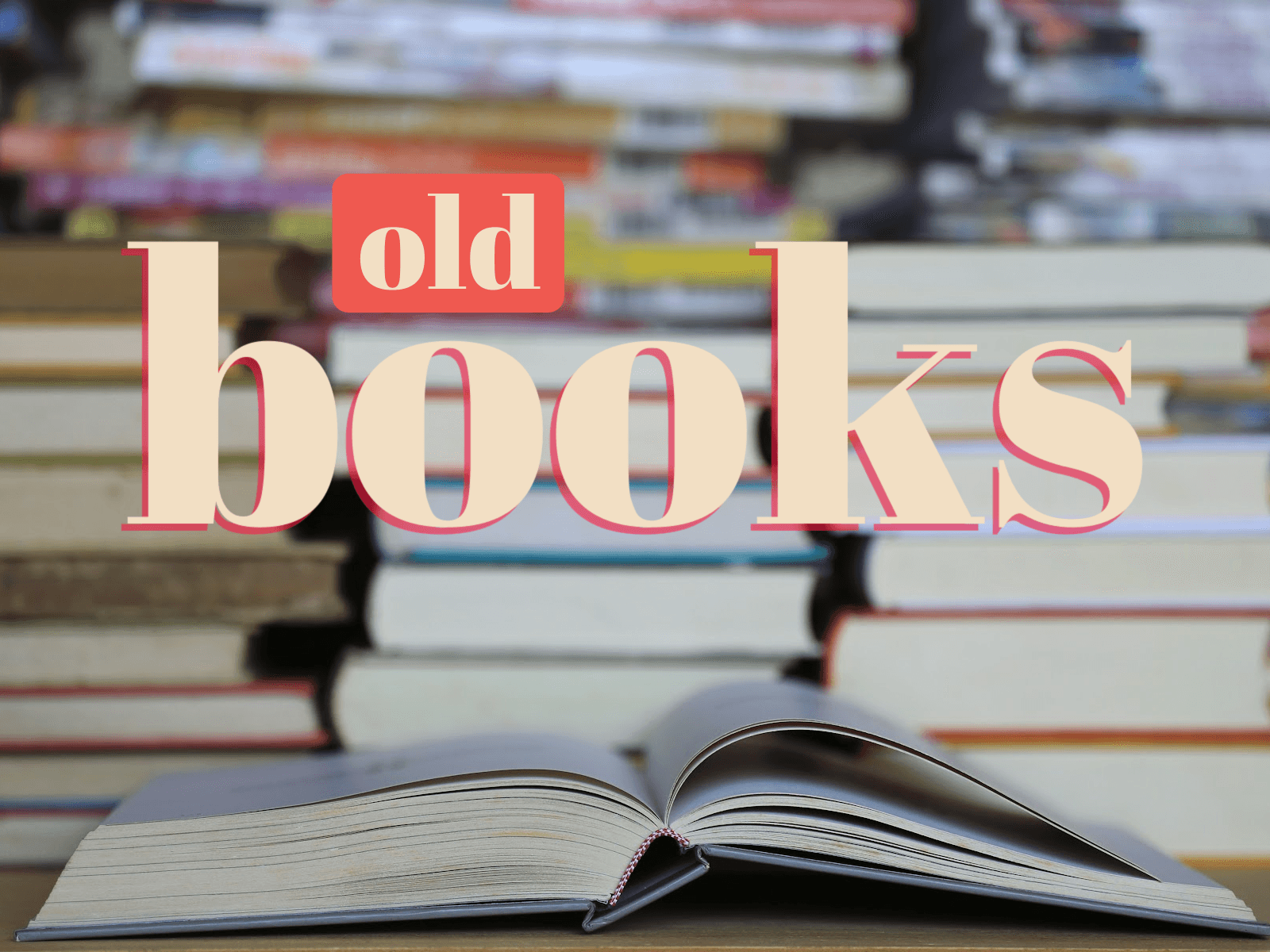
Great, appreciate you sharing that with us. Before we ask you to share more of your insights, can you take a moment to introduce yourself and how you got to where you are today to our readers.
I went back to school as an adult student in my thirties. I was a mom to two young children, a daughter, a sister, a partner, and a friend. My parents separated while my mom was pregnant with me, and the paternal abandonment had an impact. By the age of seventeen, I was watching a movie on television about a father who lost custody of his three boys without notice; they took the children from the home and didn’t allow the father to know where they had been taken. That father spent the rest of the movie searching for his children, found them, and brought them home. By the end of the show, I erupted into a fit of sobs that was unexpected. I remember being aware of crying harder than I ever had before, but I also couldn’t stop the overflow of emotion. Over the years, I came to realize that it was a deep abandonment wound that I had learned to compartmentalize. It was years later when I understood that the abandonment had also left an unhelpful message about my worth as a person. While raising my two children, I became familiar with a love that heals. Loving them, honoring their worth (just because they exist), and learning who they are as individuals wasn’t hard. That was a plot twist in my own story that I wasn’t expecting. It wasn’t hard to love my kids, so why was it unavailable to me? I tucked that question into a mental folder where I also kept the pain that it evoked. I sought out a therapist to work through my stuff at the end of my graduate program, and it was beneficial. However, making sense of my human worth in a system where someone with positional power had denied it was not accomplished. So, I continued reading, searching, listening, and piecing together more parts of the puzzle.
Not all of my clients had experienced denied self-worth in their family system. Some were treated as worthy in their families, but not in the community. Some had experienced conditional worth, but not without confusion about what it meant to feel worthy without unfair requirements. I kept my eye on this subject to gain a deeper understanding of something that wasn’t binary (worthy or worthless), but was complex, with both personal and systemic complications. Worth-Conscious Theory evolved from decades of observing, listening, and creating with parts of theoretical models that the best in my field had designed before my birth. Many of the great thinkers and designers of psychological theory had touched on aspects of worth, but not looked squarely at it. It was seen as part of the human experience that could make things better, but not known as a core concept that, when routinely denied, would be traumatizing (like a death by a thousand cuts).
Dr. Chris Brown and I collaborated to introduce this new theoretical model to psychotherapists. She had the academic training needed to improve upon my research and observations. I trusted her to care for the model as much as I did. She was accustomed to asking doctoral students a myriad of questions to flesh out the material they needed to defend their dissertation, so she employed her skills as we worked together to create the first article about the model. It was accepted and published in Theory & Psychology, Sage Journals in 2023.
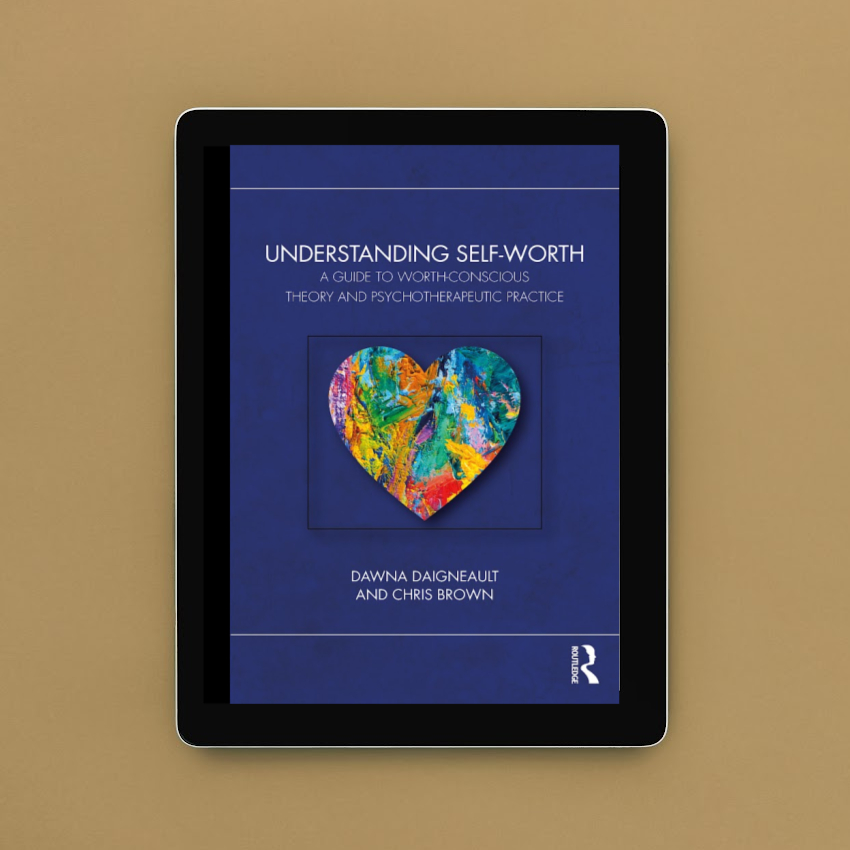
Let’s talk about resilience next – do you have a story you can share with us?
I think of the story of how stress and strain were used to assess the integrity of industrial springs. Some of these springs are heavy and huge, so if one of them breaks, the people working around them could be injured or killed. To test the ability of such a spring to handle the strain, they are stressed in a machine (this account is from memory); the springs that don’t crack in the machine can be used. As humans, we don’t get to learn if we are made to handle real-life stressors; if the strain is too much, we crack at home or work. Then we have to recover from the severity of the break and the damage to our sense of self. My resilience came from a place of knowledge, not one I had learned before the difficulty, but one that was told to me about myself by my beloved grandmother. She often said that we are made of solid stuff. I had the luxury of believing that she knew something about me that must be true. I leaned into that belief, and it became true. While I was getting my master’s degree, my marriage fell apart. I won’t go into details because it affects people I care about, but it was an awful experience. I found myself with two heartbroken kids, a fledgling private practice of maybe five clients a week, and twenty job applications for which I was overqualified. I had to grow my private practice, so I stuck with it. I learned that loving someone, as my grandmother did for me, is sometimes about imparting wisdom about how we can endure and be resilient before we know how to do so ourselves.
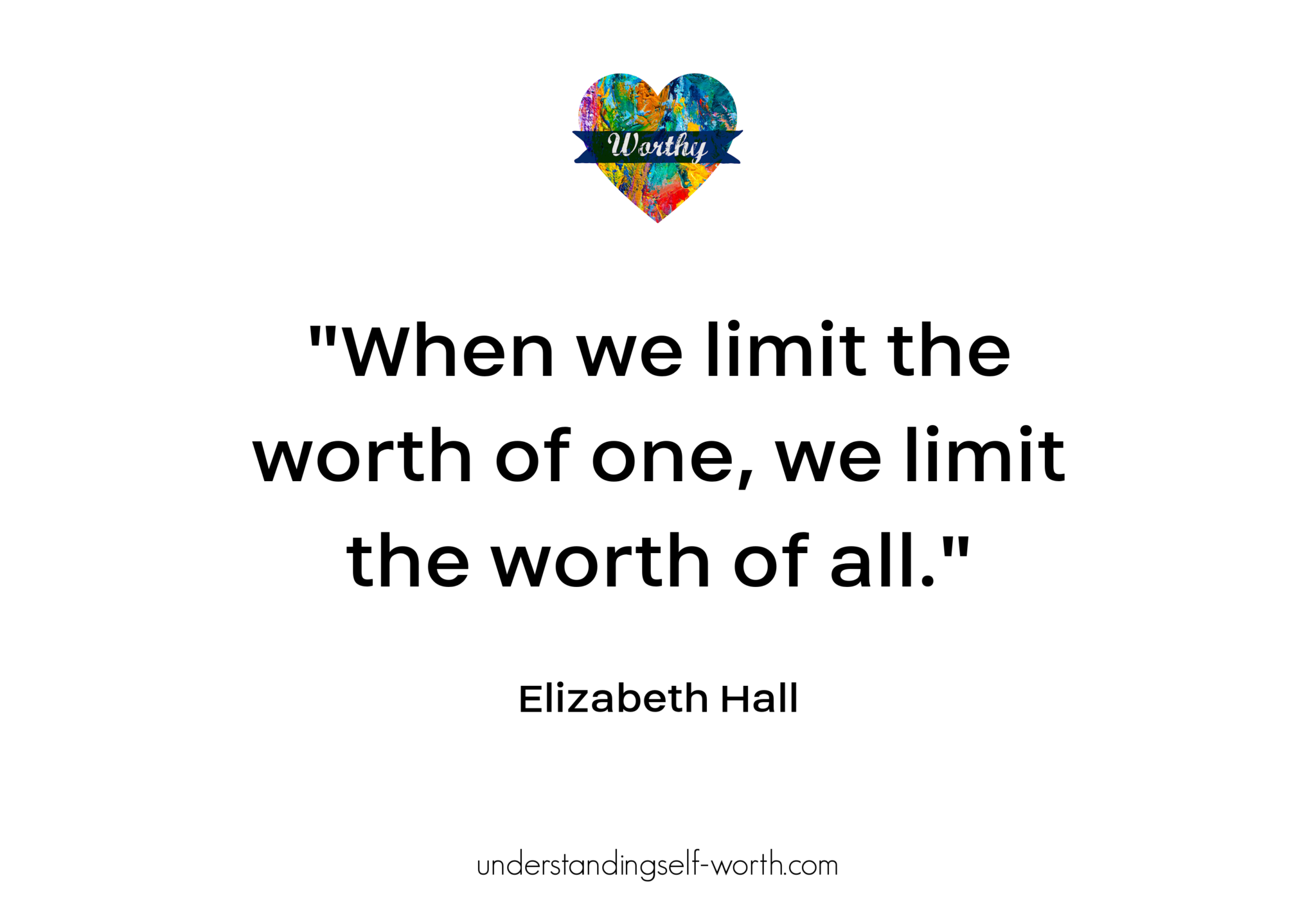
Learning and unlearning are both critical parts of growth – can you share a story of a time when you had to unlearn a lesson?
I had to learn that there is more than one way to do what you love. I loved learning, but a Ph.D. wasn’t in the cards for me. I needed to earn enough to pay my rent and keep feeding my kids. As a side note, I spent one week eating a peanut butter and jam sandwich with a glass of milk (protein, wholegrain, fruit, and dairy) for each meal to see how little I could spend on food for myself. It wasn’t bad, I could do it. Life didn’t have to look or be easy; it could be challenging and doable.
I also fell in love with Half-Price Books, as well as free psychology books from colleagues and library giveaway tables. I continued learning and training myself to understand a phenomenon (human worth) outside of a structured program. My curiosity drove my investigation, and I could take time off when I needed a break. I wouldn’t end up with a doctorate, but I might find an answer that helped me and others better understand human dignity and self-worth. That was meaningful for me.
Contact Info:
- Website: https://www.understandingself-worth.com
- Instagram: https://www.instagram.com/ribbonofworth
- Facebook: https://www.facebook.com/groups/1665455067401496
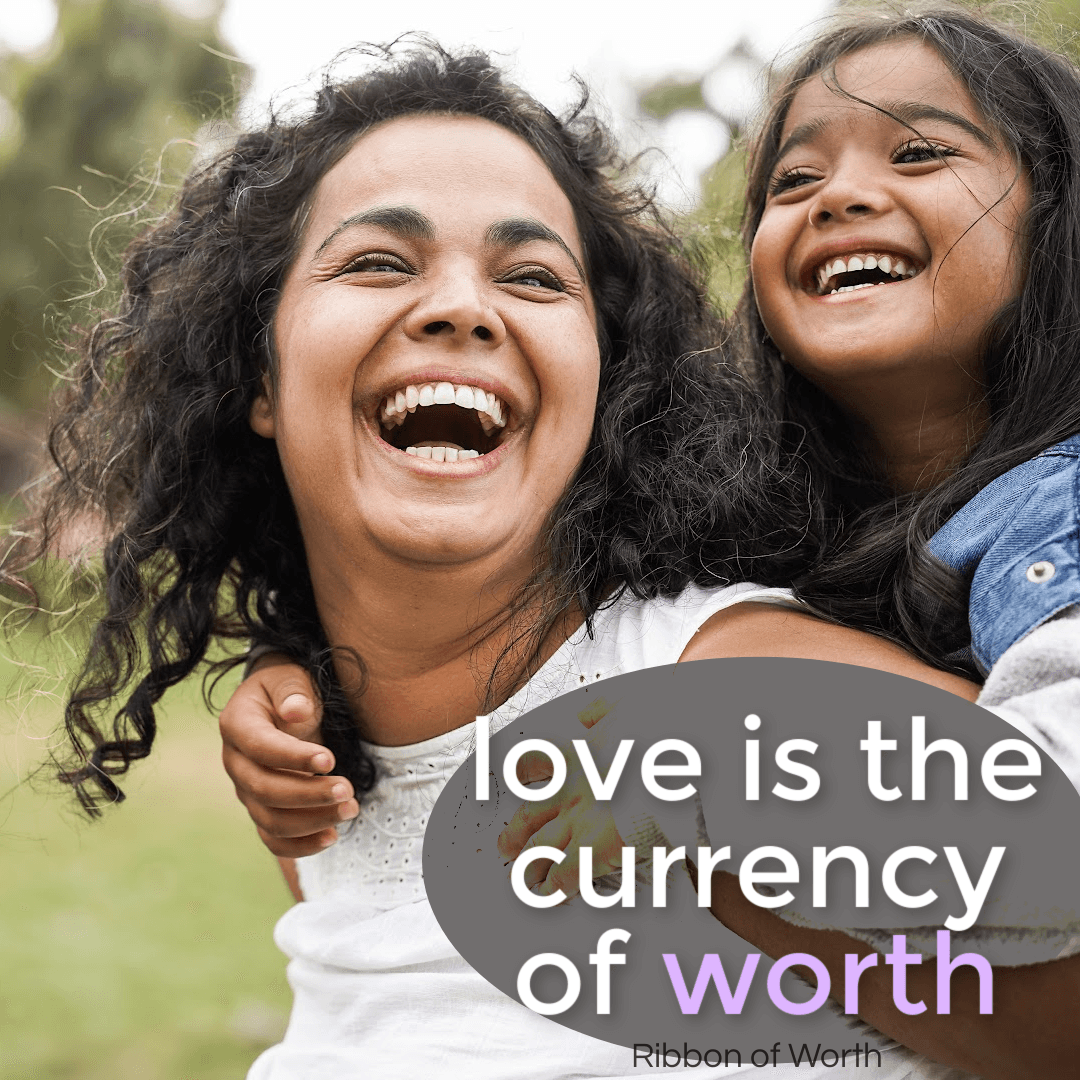
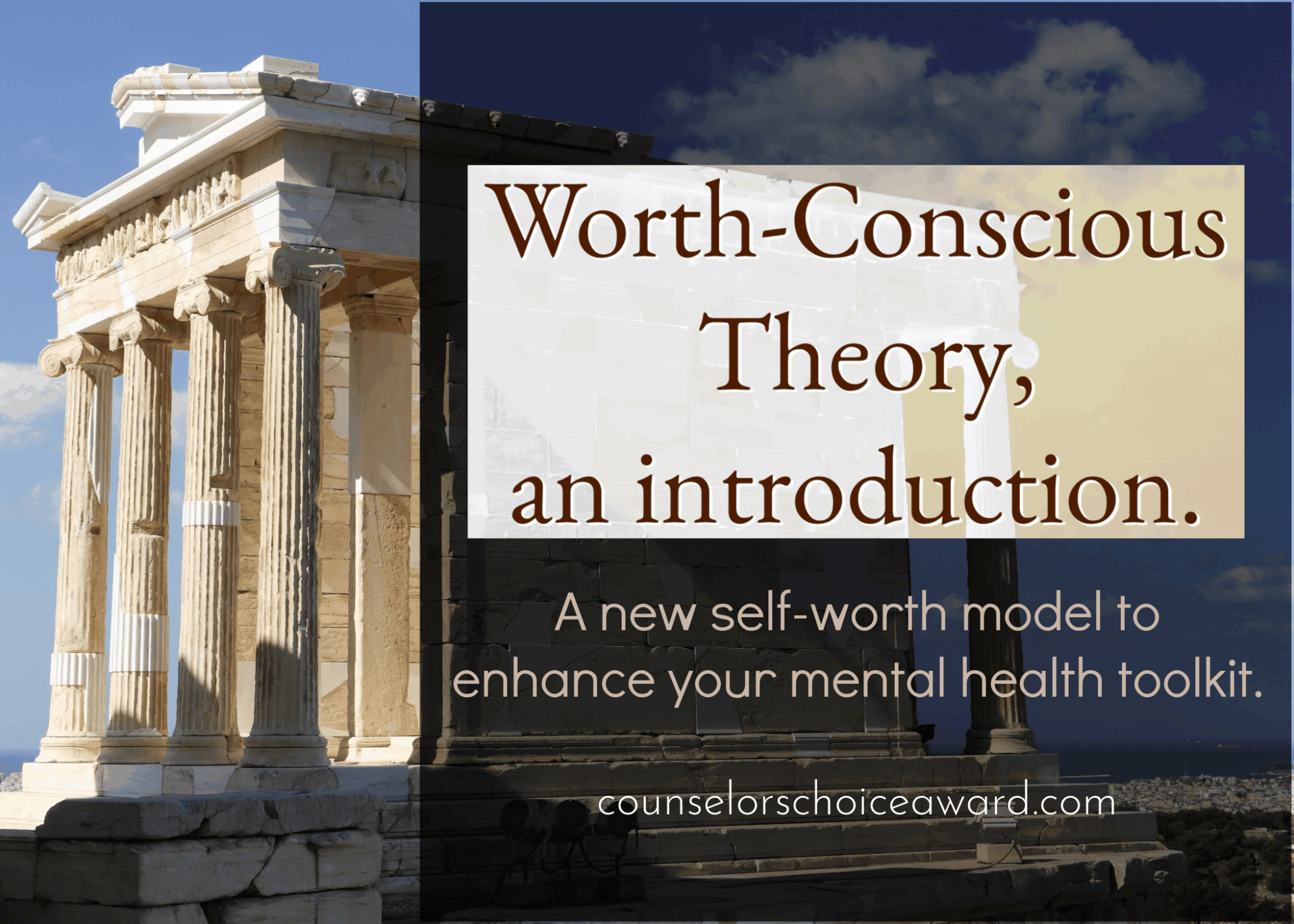
Image Credits
Shutterstock


